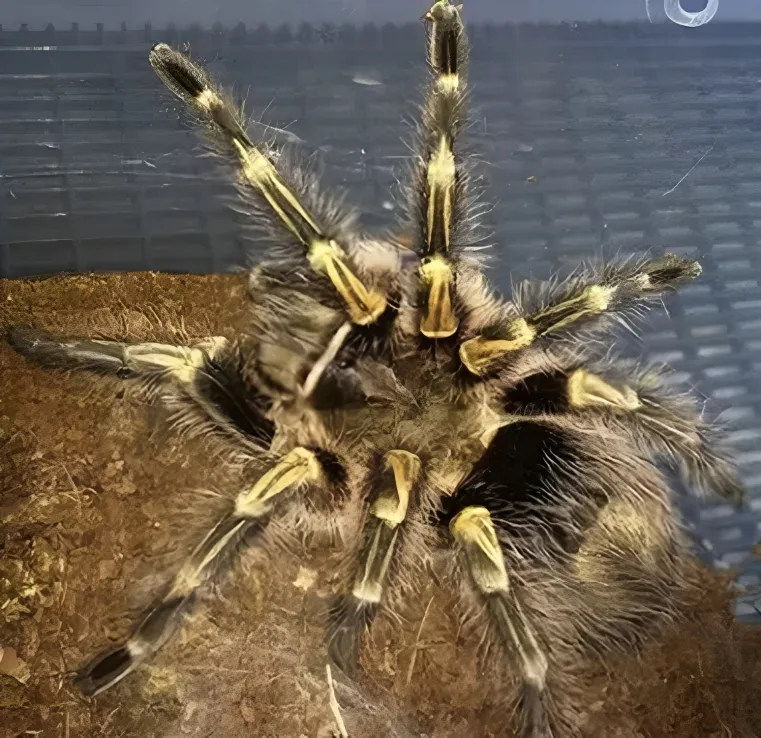Choosing the Right Chaco Tarantula Enclosure
Creating the perfect Chaco tarantula enclosure is vital to the health and happiness of your new pet. A well-designed habitat not only provides a comfortable living space but also allows you to observe your tarantula’s fascinating behaviors. The Chaco tarantula, a terrestrial species, requires a carefully planned enclosure that mimics its natural environment in South America. Understanding the specific needs of your tarantula is the first step toward building a thriving habitat. Correct enclosure setup is fundamental for the long-term well-being of your pet, promoting its health and minimizing stress. The enclosure design will influence everything from the tarantula’s molting cycles to its feeding habits.
Size Matters Understanding Chaco Tarantula Growth
Chaco tarantulas, like all tarantulas, grow throughout their lives, shedding their exoskeletons as they mature. Consequently, the size of the enclosure must accommodate this growth. Starting with an appropriately sized enclosure prevents unnecessary stress for the spider. A juvenile tarantula requires a smaller space, while an adult needs a larger one to thrive. Incorrect enclosure size can lead to issues like difficulty catching prey or distress during molting. Monitoring your tarantula’s growth and adjusting the enclosure size accordingly is a critical aspect of responsible pet ownership. Remember, a happy tarantula is one that has enough space to move around, hunt, and burrow.
Recommended Enclosure Dimensions
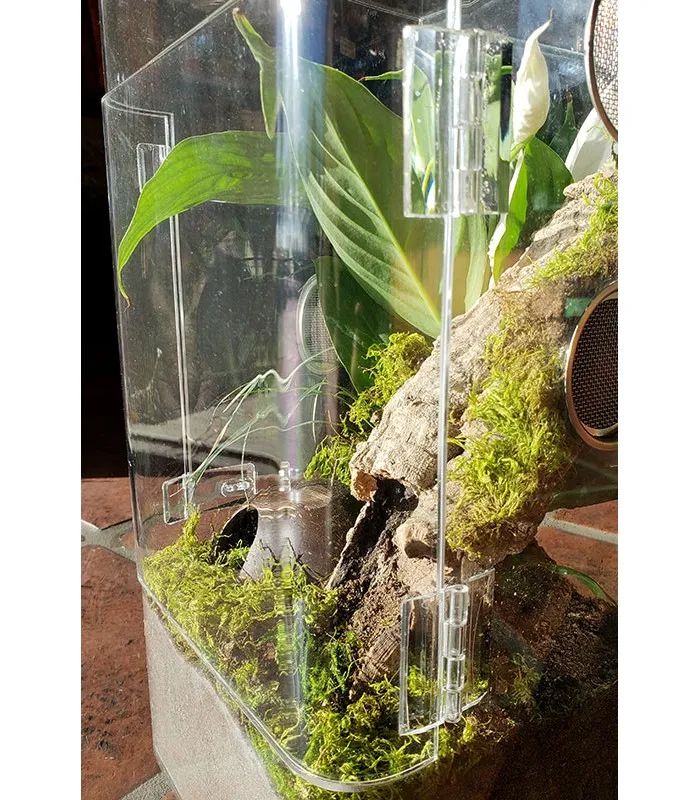
For a juvenile Chaco tarantula, an enclosure approximately 5-10 gallons is suitable, providing enough space for growth without overwhelming the spider. As your tarantula matures, you’ll need to upgrade. An adult Chaco tarantula typically requires an enclosure of at least 10-20 gallons or larger depending on the size of the individual, providing ample floor space for movement and burrowing. The enclosure should be wider than it is tall since these are terrestrial tarantulas. Ensure the enclosure dimensions allow for the proper depth of substrate, which is essential for burrowing and maintaining the correct humidity levels. Remember, the enclosure should be at least twice the leg span of your tarantula.
Glass vs. Acrylic Enclosure which is better?
Both glass and acrylic enclosures have their pros and cons. Glass enclosures are often more affordable and readily available. They are also generally scratch-resistant and easy to clean. However, they can be heavier and may not retain heat as well. Acrylic enclosures, on the other hand, are lighter, provide better insulation, and offer superior clarity. They are more resistant to shattering, making them a safer option. However, acrylic is more susceptible to scratching and can be pricier. Consider your budget and your personal preferences. Both options are suitable for a Chaco tarantula; the best choice depends on your specific needs and priorities. Ensure that the enclosure has secure ventilation and a secure lid to prevent escapes.
Essential Substrate for a Chaco Tarantula
The substrate, or bedding, is a critical component of your Chaco tarantula’s enclosure. It serves multiple purposes including providing a surface for the tarantula to walk and burrow, regulating humidity, and mimicking the natural environment. The right substrate choice will promote the overall well-being of your tarantula. It’s important to select a substrate that is safe, non-toxic, and suitable for burrowing. The substrate helps to control the environment in the enclosure, providing a comfortable and functional space for your tarantula to thrive. Moreover, the substrate adds to the aesthetic appeal of the enclosure, creating a more natural and enriching environment for your pet.
Choosing the Right Substrate for Your Tarantula
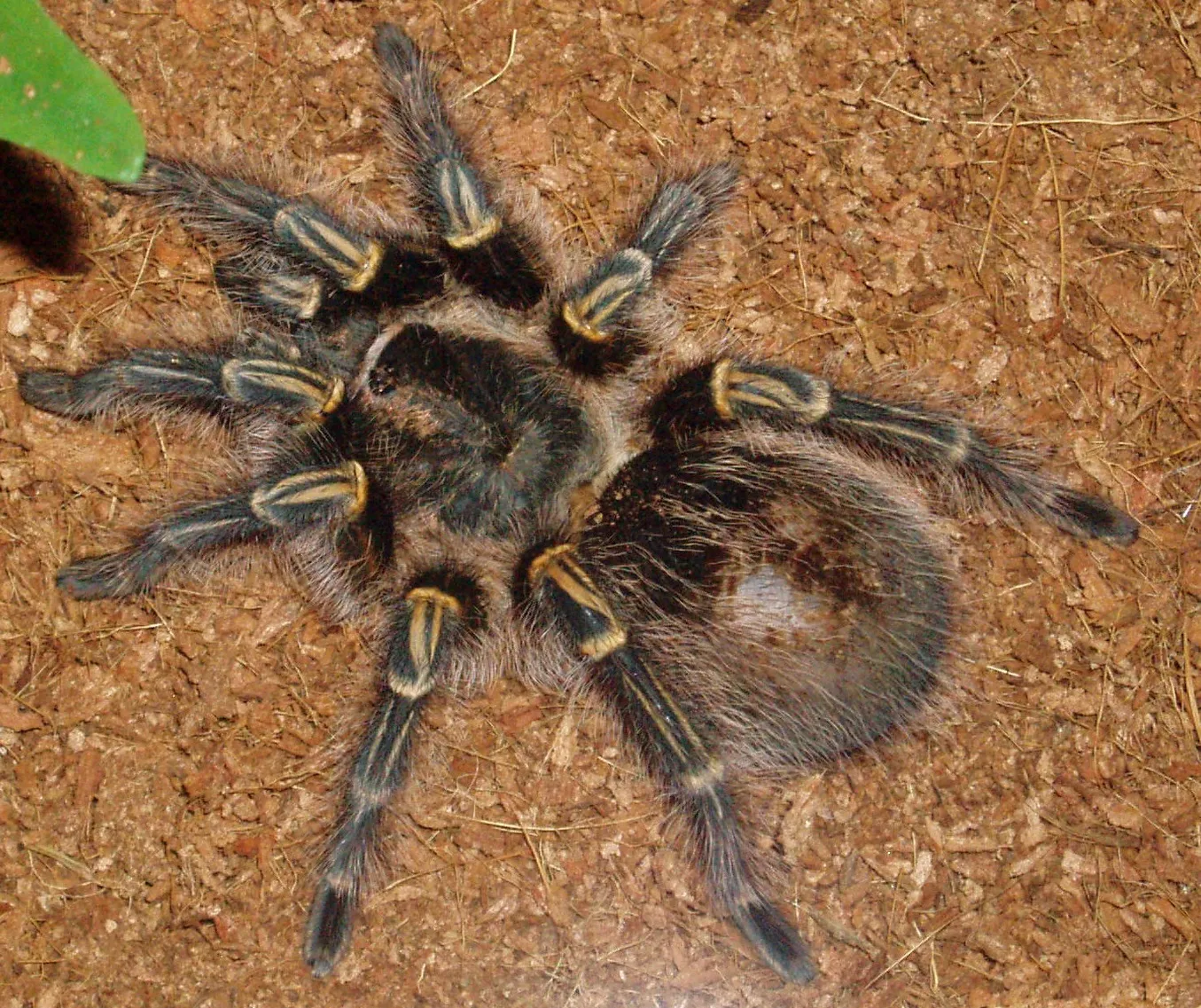
A suitable substrate for a Chaco tarantula should be able to retain some moisture to maintain the necessary humidity levels. A good choice is a mixture of peat moss, vermiculite, and coconut fiber. These substrates are readily available, inexpensive, and provide an excellent environment for burrowing. You can also incorporate a layer of sphagnum moss to help retain moisture. Avoid substrates like sand or wood shavings, as they can be difficult to maintain and may not provide the appropriate humidity levels. Ensure that the substrate is free from any chemicals or pesticides that could harm your tarantula. Regularly check the substrate for cleanliness and replace it when necessary.
Substrate Depth Recommendations
The depth of the substrate is crucial for a Chaco tarantula. These spiders are burrowers and need enough depth to create their underground habitats. For juveniles, a substrate depth of 2-3 inches is typically sufficient. As your tarantula grows, increase the depth to 4-6 inches or more for adults, providing ample space for burrowing. The substrate should be packed lightly but firmly to allow burrows to maintain their shape. The depth of the substrate will also assist in regulating humidity levels. Regularly check the substrate to ensure it remains moist but not waterlogged, which can lead to mold growth. Adjust the depth as needed to meet your tarantula’s needs and preferences.
Proper Ventilation for a Healthy Chaco Tarantula Habitat
Ventilation is an essential aspect of your Chaco tarantula’s enclosure, impacting its health and well-being. Proper ventilation prevents the buildup of harmful gases and excessive humidity. It helps to regulate the air quality within the enclosure, reducing the risk of respiratory problems and fungal growth. Adequate ventilation is also essential to manage the temperature of the enclosure, ensuring your tarantula’s comfort. A well-ventilated enclosure creates a healthier environment for your pet. Without proper ventilation, the environment will deteriorate, leading to potential health issues.
Ventilation Requirements and Setup
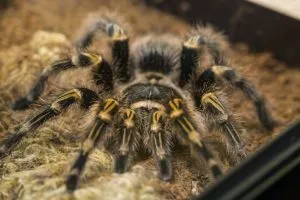
Most tarantula enclosures come equipped with ventilation, typically in the form of small holes or mesh. Ensure that the ventilation is adequate but not excessive, as too much ventilation can dry out the enclosure too quickly. The ventilation should be positioned in a way that allows for cross-airflow, with vents on opposite sides or at different heights of the enclosure. Avoid blocking the vents with substrate or decorations. If your enclosure doesn’t have sufficient ventilation, you may need to add additional ventilation holes, using a drill or other suitable tool. Monitor the humidity levels and make adjustments as needed to maintain a healthy environment for your Chaco tarantula.
Preventing Mold and Maintaining Airflow
Mold growth is a common problem in tarantula enclosures, particularly in humid environments. To prevent mold, ensure that the enclosure has proper ventilation and avoid overwatering the substrate. Regularly inspect the enclosure for any signs of mold, such as fuzzy patches on the substrate or decorations. If you find mold, remove the affected items immediately and replace them with clean ones. Ensure adequate airflow throughout the enclosure to prevent mold buildup. Improving ventilation can help maintain airflow, helping the enclosure stay clear of mold. You can also use springtails or isopods to help control mold growth.
Decorating Your Chaco Tarantula Enclosure
Decorating your Chaco tarantula enclosure is more than just an aesthetic choice; it provides enrichment and helps your tarantula feel secure. Decorations offer hiding places, encourage natural behaviors, and make the enclosure visually appealing. Choose decorations that mimic the spider’s natural environment. Safe and enriching decorations can greatly benefit your tarantula, improving its quality of life. It’s essential to choose decorations that are safe, non-toxic, and easy to clean.
Essential Decorations Hiding Spots and Climbing Structures
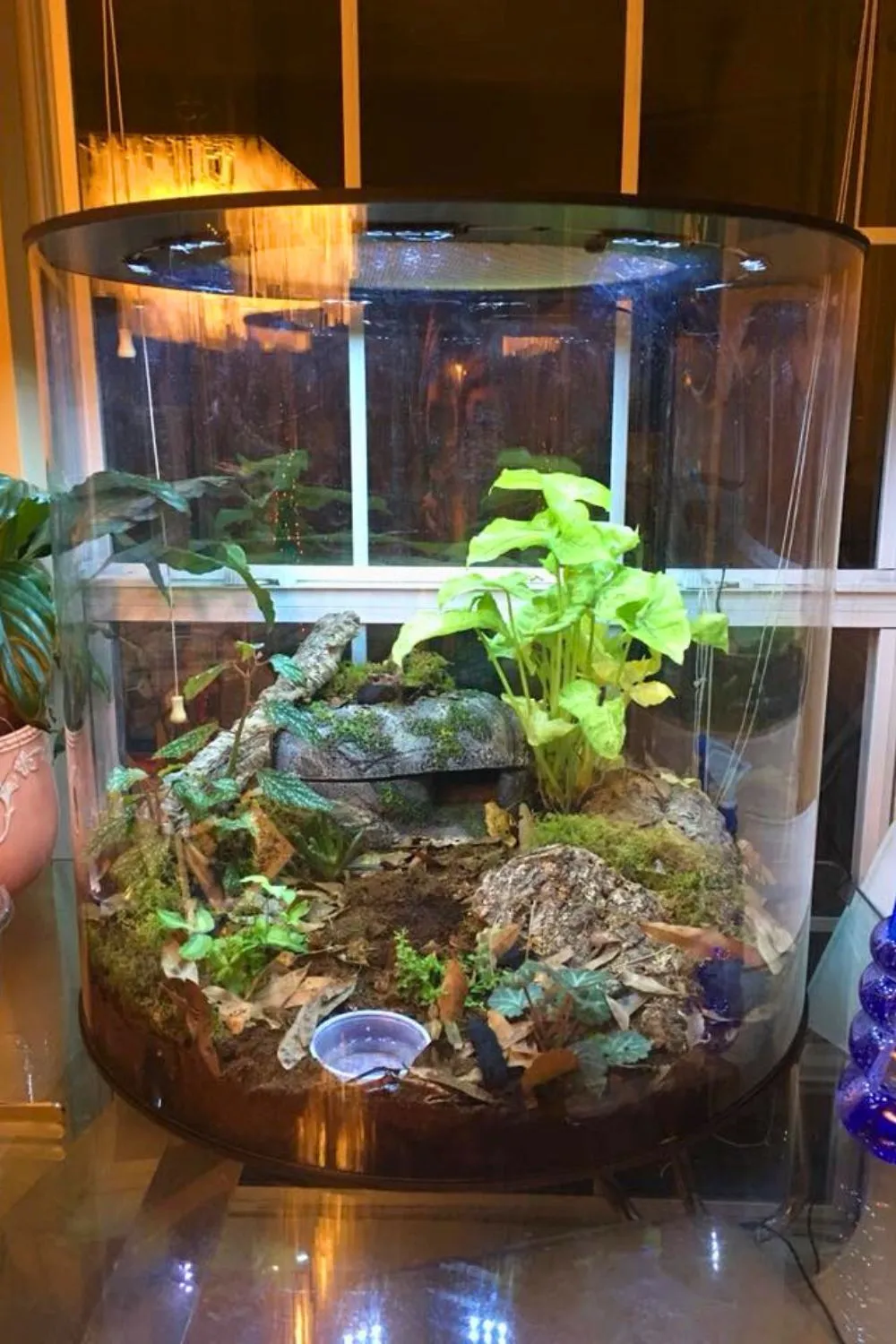
Provide multiple hiding spots for your Chaco tarantula, such as cork bark, half-logs, or artificial caves. These hiding places help the tarantula feel secure and reduce stress. Position the hiding spots in different areas of the enclosure to allow the tarantula to choose its preferred spot. Climbing structures, like branches or driftwood, can also be beneficial, providing additional enrichment and exercise. Make sure that any climbing structures are securely placed and won’t fall or injure the spider. Ensure there are enough hides, so the tarantula can move around as needed.
Plants and Other Decorations
Adding live or artificial plants to the enclosure enhances the visual appeal and provides hiding places. Live plants can also help maintain humidity levels, but they require careful selection and care. Choose plants that are non-toxic and can tolerate the enclosure’s conditions. Artificial plants are a low-maintenance alternative. Other decorations, such as rocks or small figurines, can also be added, but ensure they are placed securely and don’t pose a hazard to your tarantula. Avoid using decorations with sharp edges or small parts that could be ingested. Ensure the décor is also easy to clean, making it easier to maintain a healthy environment.
Maintaining Humidity and Temperature in the Enclosure
Maintaining the correct humidity and temperature levels is critical for the health of your Chaco tarantula. These environmental factors affect the spider’s molting, feeding, and overall well-being. Incorrect levels can lead to health problems. Regular monitoring and adjustments are necessary to ensure the best possible conditions. Precise humidity and temperature control mimic the tarantula’s natural environment, ensuring its optimal health and longevity. These two factors work in tandem to create a healthy environment.
Achieving Optimal Humidity Levels
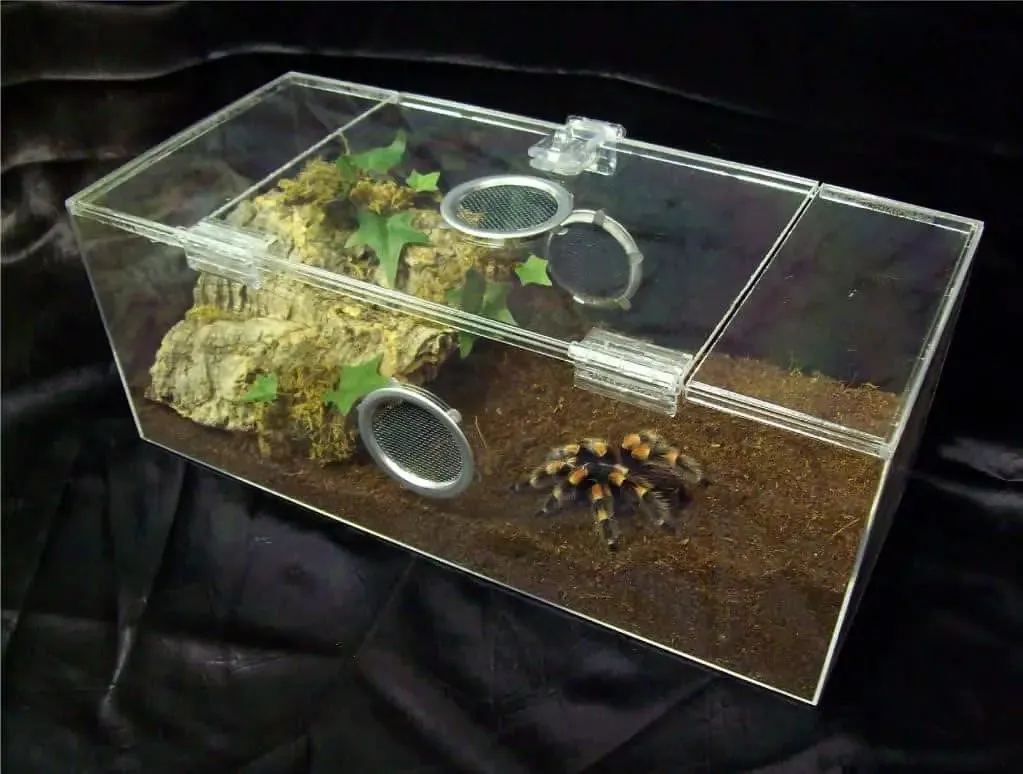
Chaco tarantulas thrive in moderate humidity levels, generally between 60-70%. Monitor humidity with a hygrometer, and adjust as needed. To increase humidity, mist the enclosure with dechlorinated water, particularly the substrate, but avoid saturating it. You can also provide a water dish for evaporation. To decrease humidity, increase ventilation. The ideal humidity range allows the tarantula to molt successfully and prevents dehydration. The use of the right substrate, along with misting, helps maintain consistent humidity levels. Remember to monitor the enclosure regularly, to keep the correct humidity.
Maintaining the Right Temperature
The ideal temperature range for a Chaco tarantula is between 75-85°F (24-29°C). Monitor the temperature with a thermometer. In most homes, this temperature range can be achieved without supplemental heating. However, if the ambient temperature is too low, you can use a heat mat or a ceramic heat emitter. Place the heat source on the side of the enclosure, and never directly under the enclosure, to prevent overheating. Ensure the heat source is controlled by a thermostat to maintain consistent temperature. Avoid direct sunlight, which can quickly overheat the enclosure, creating a dangerous situation for your tarantula. Consistent temperatures will create a comfortable environment.
Feeding and Watering Your Chaco Tarantula
Proper feeding and watering practices are crucial for your Chaco tarantula’s health and longevity. Providing the right food and water ensures the spider has the necessary nutrients and hydration. The right feeding regimen and water access can also influence the tarantula’s growth and molting cycles. These spiders need regular meals and a constant supply of fresh, clean water to thrive. Understanding your tarantula’s needs will help you establish an effective feeding and watering routine.
Watering Needs for Chaco Tarantulas
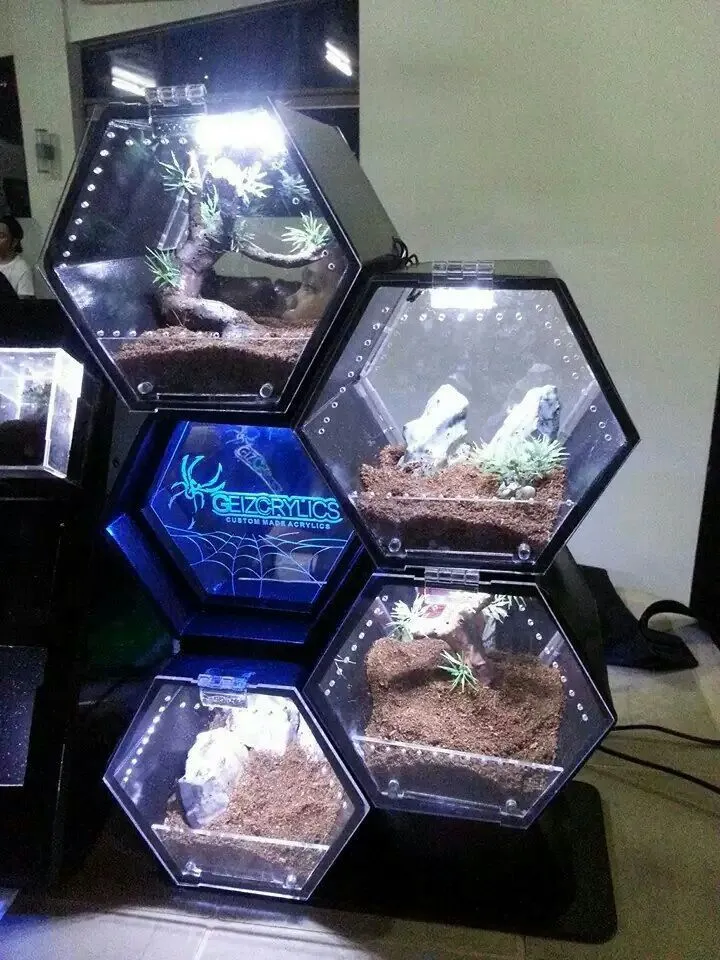
Always provide a shallow water dish with fresh, clean water. This allows your tarantula to drink and maintain hydration. The water dish should be shallow enough to prevent drowning. You can use a small bottle cap or a specialized water dish designed for tarantulas. Refill the water dish regularly, at least every other day, and clean it weekly to prevent bacterial growth. Additionally, mist the enclosure lightly once or twice a week to increase humidity. Be sure the water is dechlorinated or distilled to prevent harm to the spider.
Feeding Frequency and Appropriate Prey
Feed your Chaco tarantula appropriately sized insects, such as crickets, roaches, or mealworms. The frequency of feeding depends on the tarantula’s age and size. Juveniles typically need to be fed every 3-7 days, while adults can be fed once every 1-2 weeks. Observe your tarantula’s feeding habits and adjust the frequency as needed. Remove any uneaten prey after 24 hours to prevent stress and harm to the tarantula. Provide appropriately sized prey items – the prey should be no larger than the tarantula’s abdomen. Avoid feeding your tarantula wild-caught insects, as they may carry parasites or pesticides that could harm your pet.
Cleaning and Maintaining Your Chaco Tarantula’s Enclosure
Regular cleaning and maintenance are essential for maintaining a healthy and thriving environment for your Chaco tarantula. Cleaning helps to prevent the buildup of waste, mold, and bacteria. Regular cleaning and maintenance keep the enclosure hygienic, reducing health risks and creating a comfortable living space. A clean enclosure provides an aesthetically pleasing habitat, allowing you to appreciate your pet more fully. Establishing a consistent cleaning routine is critical to the long-term health and well-being of your tarantula.
Cleaning Schedule and Procedures
Establish a regular cleaning schedule to keep the enclosure sanitary. Spot-clean the enclosure weekly, removing any uneaten prey, molted exoskeletons, and visible waste. Perform a partial substrate change every 1-3 months, depending on the size of the enclosure and the amount of waste produced. Replace the water dish every few days and wash it with warm, soapy water to prevent bacteria. When cleaning, wear gloves and wash your hands thoroughly afterward to prevent the spread of any potential pathogens. Cleaning the enclosure regularly helps to maintain a healthy environment.
Replacing Substrate and Decorations
Replace the entire substrate every 6-12 months or more frequently if it becomes heavily soiled or starts to smell. When replacing the substrate, remove all decorations and clean them with warm, soapy water. Discard the old substrate and replace it with fresh, clean substrate. Replace any decorations that are worn or damaged. You can also use this opportunity to rearrange the decorations, providing enrichment for your tarantula. Make sure to allow the enclosure to dry before reintroducing the tarantula, ensuring the environment is safe and ready. Regularly maintaining the enclosure helps maintain a healthy home for your spider.
